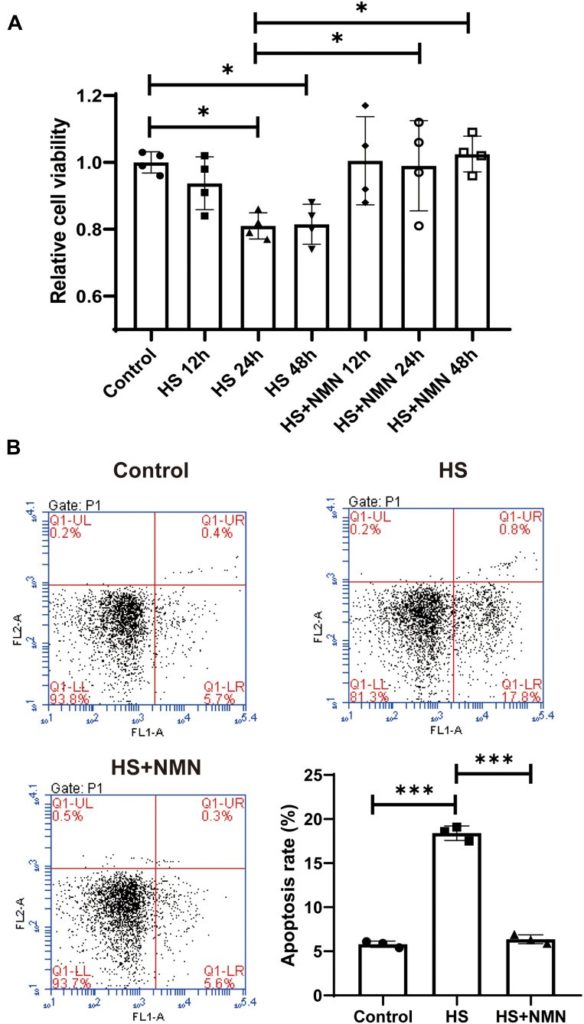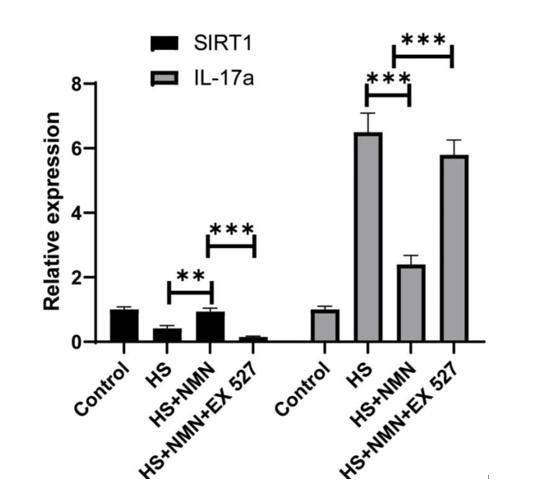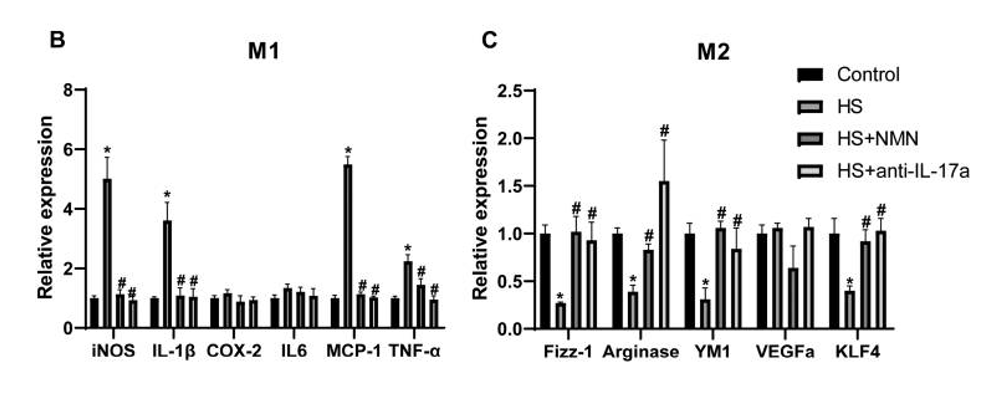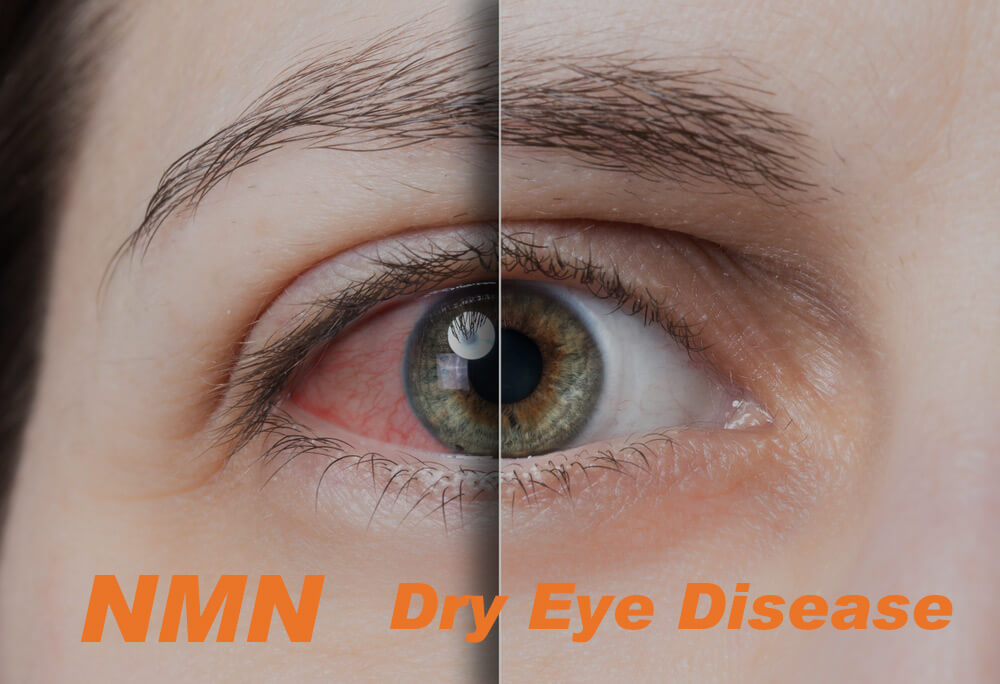Due to today’s working and living conditions that negatively affect the tear film, dry eye disease can occur in all age groups. Postmenopausal women are at higher risk because of hormonal imbalances, and also the elderly due to physiological changes related to aging. The treatment of dry eye is carried out with the help of drops called artificial tears. Lubricating artificial tears are recommended that allow quick and effective relief from dry eye symptoms. Also, supplements like NMN powder (nicotinamide mononucleotide) are another potential option for treating dry eye conditions.
What is dry eye disease?
Dry eye syndrome is a chronic and progressive condition that is manifested as insufficient secretion of tears or changes in their quality. All this results in a lack of moisture in the eyes. With each blink, the tear is evenly distributed on the eye surface, which allows moisture, reduces the risk of eye infection, washes away the outer particles from the eye, and keeps the eye surface smooth and clean.
Study summary
Hyperosmotic stress (HS) is one of the main reason of causing dry eye disease. Hyperosmolarity can cause moisture loss in the eye, leading to eye infection, damage, and possible visual impairment. The research found how to protect the cell function from hyperosmolarity. In this case, NMN protects the eye cell viability. It activates sirtuin genes, more precisely SIRT1, and thus improves hyperosmotic conditions. Also, IL-17a increases due to hyperosmolarity, thus NMN can decrease HS-related IL-17a expression. NMN treatment can alleviate the symptoms through activation of the sirtuin 1 genes and regulating the corneal epithelial cells (CEC)/macrophage interaction. Because age is one of the main reasons that lead to dry eye disease, NAD+ and its precursor NMN can have a big influence in managing this disease.
Study highlights
The study focuses on the protective effects of NMN on HS-induced CEC and the effects of IL-17a on the macrophage. For this experiment, in vitro model was put into a hyperosmotic medium. The culture was divided into two layers, the lower and upper layer, where the inner chamber has developed the macrophage, and an outer chamber the CEC. Both, the macrophage and CEC were given SIRT1 or IL-17a. The macrophage is obtained for further development.
The CEC/macrophage interaction is an important step in this study because the macrophage plays an important immune regulator during CEC conditions in DED.
NMN treatment protects eye cell viability
In figure 1A below, was detected a decrease in cell viability at 24h and 48h after HS treatment. When the group was treated with NMN there was no significant difference between the group and the control group. But, when the both HS and NMN-treated HS cell group were compared, there was improved cell viability in 24h and 48h. Cell viability was also improved after 12h NMN treatment. Furthermore, it was detected the effect of NMN on cellular apoptosis. The cell apoptosis was induced by HS and NMN can ease this progress.

Figure 1. Meng Y., Pu Q., Dai, S. Ma Q., Li Z., Zhu W. Nicotinamide Mononucleotide Alleviates Hyperosmolarity-Induced IL-17a Secretion and Macrophage Activation in Corneal Epithelial Cells/Macrophage Co-Culture System. J Inflamm Res. 2021; 14: 479–493. https://www.ncbi.nlm.nih.gov/pmc/articles/PMC7917392/ (NMN protects cell viability and eases cell apoptosis.)
NMN activates SIRT1 and protects the eye cell
In hyperosmotic stress, the inflammation IL-17a is rising. NMN can reduce this inflammation by activating the SIRT1 in these hyperosmotic stress conditions. These findings demonstrate that NMN can reduce inflammation through the activation of SIRT1.

Figure 2. Meng Y., Pu Q., Dai, S. Ma Q., Li Z., Zhu W. Nicotinamide Mononucleotide Alleviates Hyperosmolarity-Induced IL-17a Secretion and Macrophage Activation in Corneal Epithelial Cells/Macrophage Co-Culture System. J Inflamm Res. 2021; 14: 479–493. https://www.ncbi.nlm.nih.gov/pmc/articles/PMC7917392/ (NMN treated cell for activation of the SIRT1.)
NMN alleviates the cell healing process and protects the cell
NMN effects on macrophages in eye cells were observed under hyperosmotic stress conditions. Researchers observed the effects of the IL-17a inhibitor too. The macrophages were in two states, M1 and M2. They measure the activity of the genes in the M1 state and M2 state respectively. In the M1 state, the macrophages were killing the cells, while in the M2 state they were healing cells that were close to them. NMN was found to decrease the activity of the genes in the M1 state, and increase the activity of the genes in the M2 state. It was found that the inhibitor of IL-17 exerted the same effect. Therefore, they find that NMN alleviates the healing process of the cell by inhibiting the IL-17a function.

Figure 3. Meng Y., Pu Q., Dai, S. Ma Q., Li Z., Zhu W. Nicotinamide Mononucleotide Alleviates Hyperosmolarity-Induced IL-17a Secretion and Macrophage Activation in Corneal Epithelial Cells/Macrophage Co-Culture System. J Inflamm Res. 2021; 14: 479–493. https://www.ncbi.nlm.nih.gov/pmc/articles/PMC7917392/ (The investigation of NMN effects on M1 and M2 states of the macrophages.)
How does NMN work on dry eye disease?
NMN as a boosting agent, can activate the SIRT1 genes and increase their levels. Also, NMN inhibits the inflammatory IL-17a to protect the eyeball cells. It preserves the eyeball by maintaining DNA, while also triggering the macrophages to start healing the cells in hyperosmotic stress conditions.
The popular treatment for dry eye diseases
One of the popular treatments for dry eye disease is by using NAD+ boosting eye drops. The meibomian glands secrete oils that stabilize the tear film to keep the eye surface moist and comfortable. Because meibomian gland dysfunction affects the stability of the tear, it can lead to dry eye disease. Also, the testosterone levels in meibomian glands decline, which is associated with age-related dry eye disease.
Researchers found a way to boost testosterone levels in meibomian glands and thus stimulate the oil secretion and protect the eye. The NAD+ precursors, NMN and NR, can increase the oil secretion in mice. Treating mice with NR and NMN eye drops seems to increase the meibomian glands in size, triggering them to increase oil production and moisturize the eyes. Therefore, it is demonstrated that NAD+ boosters, such as NMN and NR can help in the prevention of dry eye disease related to age.
Popular dry eye disease supplements
You can improve your eye vision by taking supplements, such as:
Vitamin A
Vitamin A is essential for good eyesight. People who have vitamin A deficiency also have a problem with dry eyes, i.e. the eyes produce too little moisture. Studies found that a diet rich in vitamin A is associated with a reduced risk of cataracts and the most common disease that comes with aging, called macular degradation.
Omega 3 fatty acids
The retina of the eye contains a high amount of omega 3 fatty acids. Omega 3 fatty acids protect the retina from damage and degeneration. Additionally, there is some evidence that increased levels of omega-3 fatty acids may reduce the risk of dry eyes disease. Diet rich in omega 3 helps in the production of meibomian glands too.
Lutein and zeaxanthin
Lutein and zeaxanthin are carotenoids found in large quantities in green leafy vegetables. In the body, they are found in the lens and retina, which helps filter out potentially harmful light wavelengths from the eye where they significantly reduce oxidative stress.
Zinc
Zinc is a mineral that maintains healthy retina and cell membranes of the eyes. Zinc is responsible for the vitamin A reaching the retina and producing melanin, a pigment that protects the eyes from infections.
Vitamin C
Vitamin C is a powerful antioxidative. Oxidative damage is the main reason to develop age-related conditions such as cortical and nuclear cataracts. Consuming enough vitamin C leads to a lower risk of developing cataracts.



